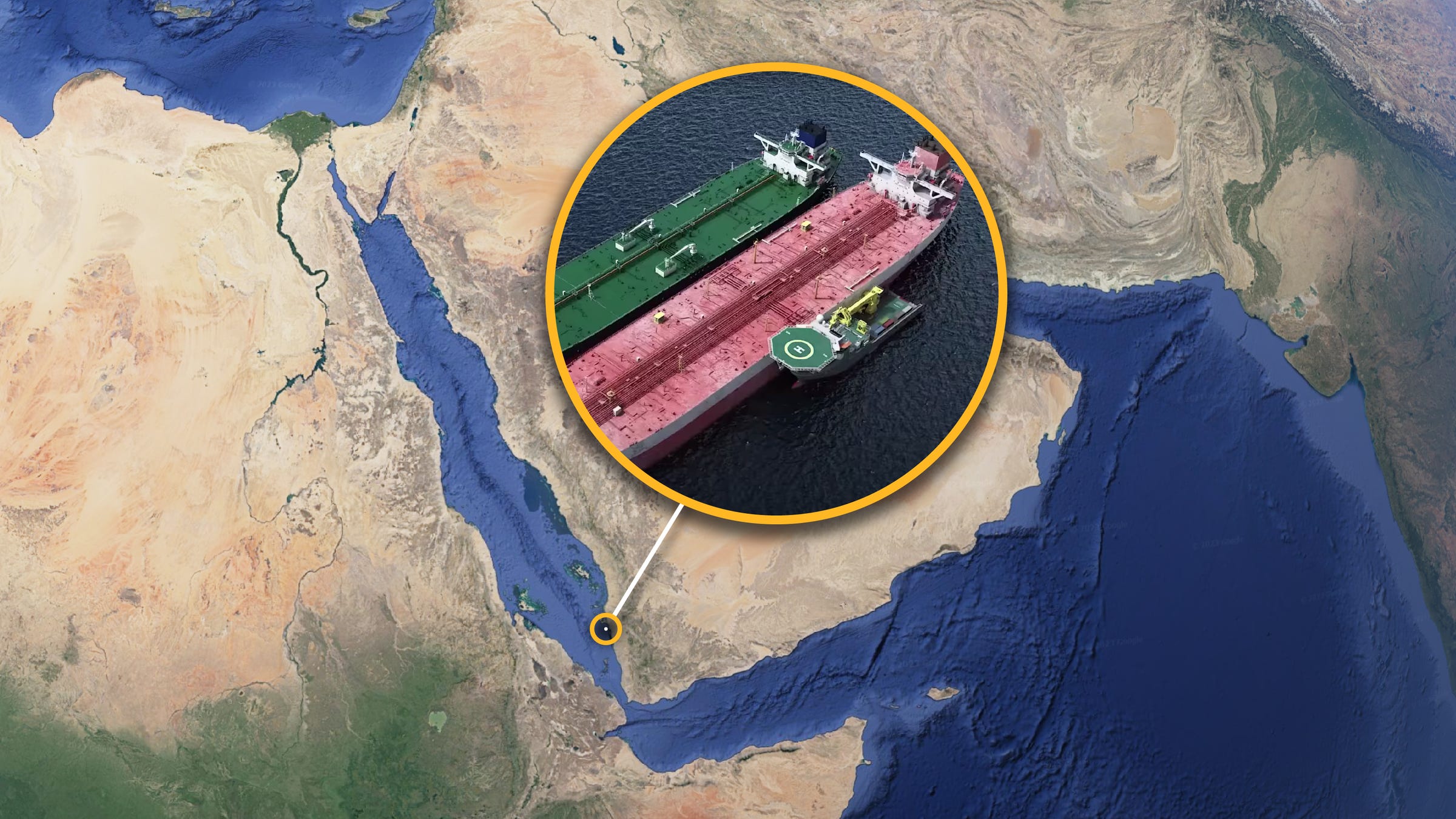A ship-to-ship oil transfer: How the UN seeks to prevent a catastrophe near Yemen
 Janet Loehrke
Janet LoehrkeThe United Nations has taken action to prevent a catastrophic oil spill of the coast of Yemen.
The supertanker FSO Safer, a converted oil storage vessel, has been abandoned because of unrest in the region since 2015. Its rapidly decaying hull sits less than 5 miles off the coast of Yemen and contains more than 1 million barrels of crude oil, which if spilled could cause an environmental disaster.
The tanker hasn't been maintained in eight years. In recent years, seawater has seeped into its engine room, damaging pipes and raising the possibility that it might sink.
U.N. Secretary-General António Guterres said in a statement that the work is a "critical next step in avoiding an environmental and humanitarian catastrophe."
The waters around the abandoned tanker are vital to ships traveling to the Mediterranean Sea. Many depart from the Persian Gulf and pass by Yemen before heading through Egypt's Suez Canal. The U.N. and neighboring nations have warned for years that an explosion or an oil leak could disrupt shipping in the Middle East.
Can’t see our graphics? Click to reload.
Environmental and economic impact on region
A massive oil spill would be catastrophic to Yemen's Red Sea ports, where the Safer is moored. If pollutants were released, entire populations could be affected.
A spill could close the major ports in Al Hudaydah and Salif and cut off 18 million Yemeni residents who need access to clean water and 16 million people who need help with food. More than half of the country's population depends on humanitarian relief that is delivered through ports.
Profile of the decaying tanker FSO Safer
Safer was constructed in 1976 and later sold to the Yemeni government. In 1987, it was converted into a floating storage facility, which was used primarily to hold oil pumped from Yemen's Marib fields.
At 1,188 feet, the Safer is among the largest oil tankers in the world. According to U.N. officials, maintaining the ship and its 34 storage tanks it is no longer possible because the ship has sustained irreversible damage.
How the ship-to-ship transfer of oil will be done
Crew members of a replacement tanker, the Yemen (formerly Nautica), began pumping the more than 1.1 million barrels of oil from the Safer to their ship on July 25. The operation is expected to take about 19 days, according to the U.N. officials.
The Safer carries four times as much oil as the Exxon Valdez, which in one of the biggest oil spills in history dumped 11 millions gallons of oil in Prince William Sound, Alaska, in 1989.
The U.N. has said the cost of cleaning up a spill from the Safer could reach $20 billion. The cost to transfer the oil from the Safer to the Yemen is expected to be $129 million.
A thick layer of oil will remain on the bottom of the oil tanks once the Safer has been cleared of any pumpable oil. A mobile tank-cleaning machine will remove the remaining oil in the next two to three weeks.
U.N. authorities had hoped to repair the Safer, but they now plan to prepare it for removal and eventually recycle it. The Yemen will be permanently moored off Yemen.
SOURCE United Nations, Boskalis, Associated Press, USA TODAY research
